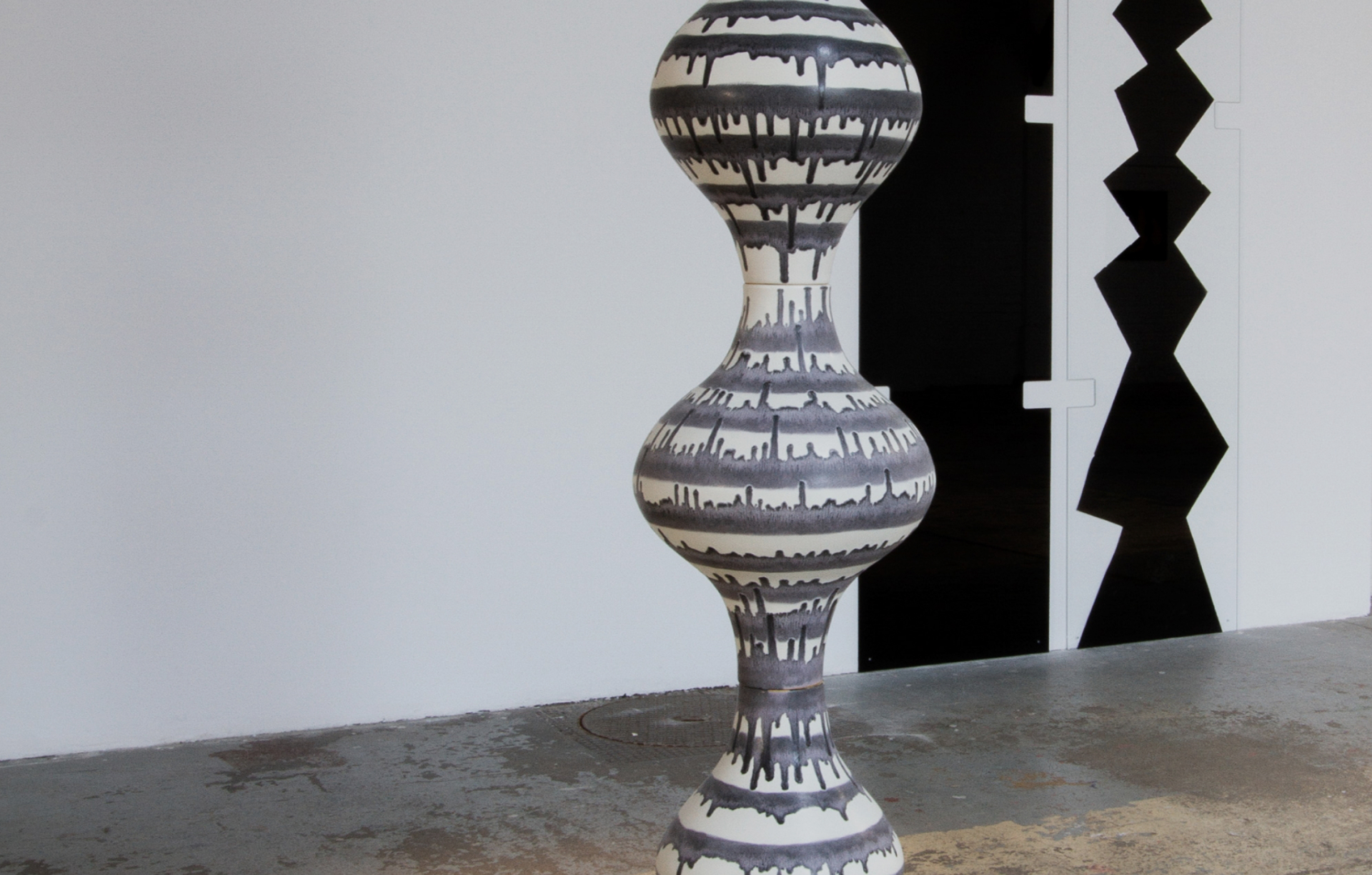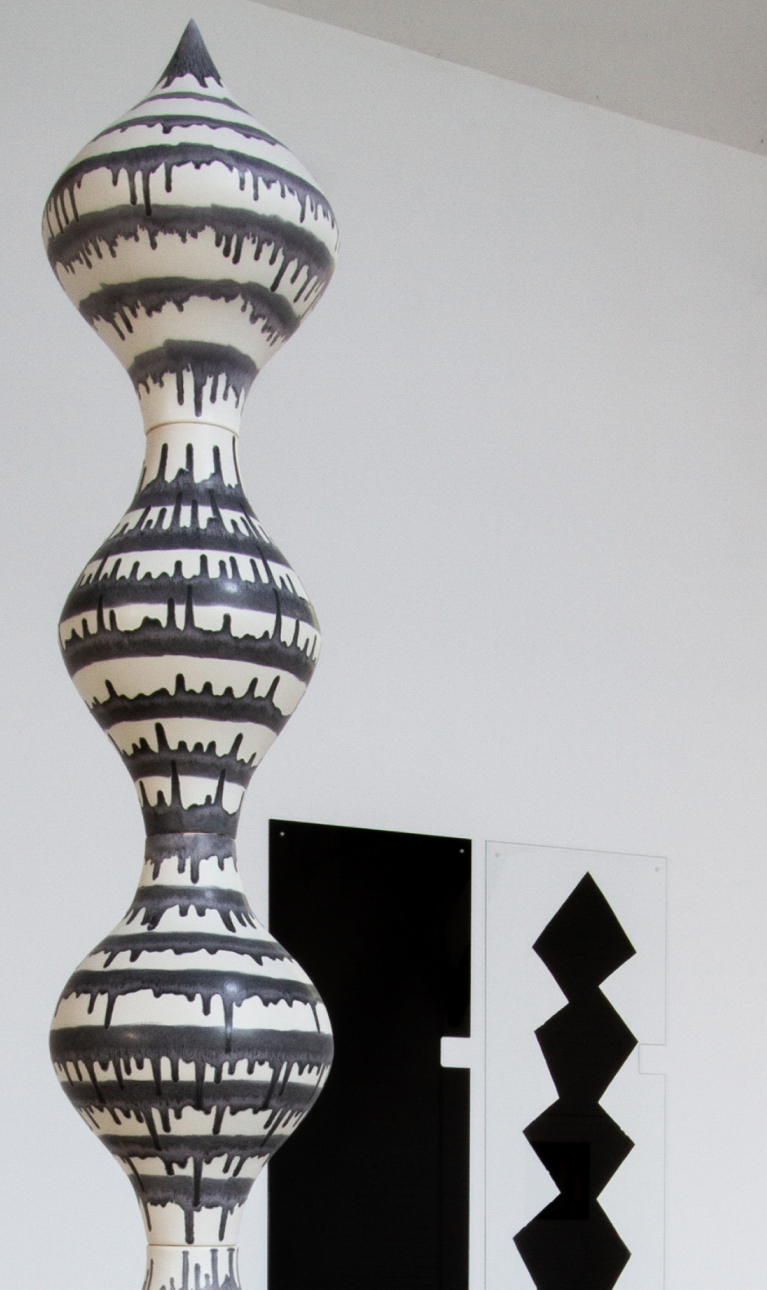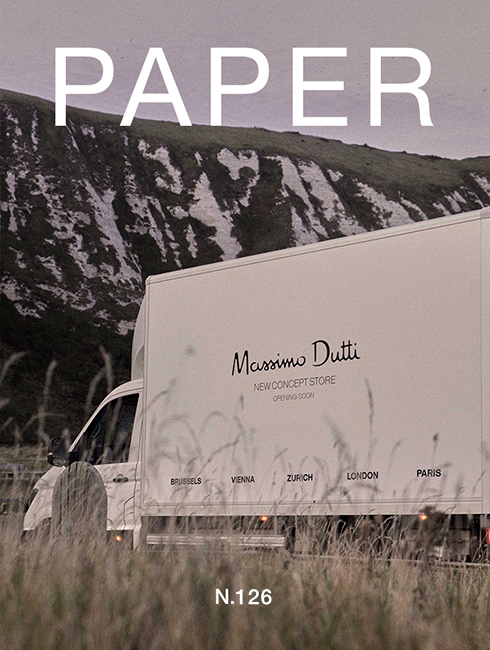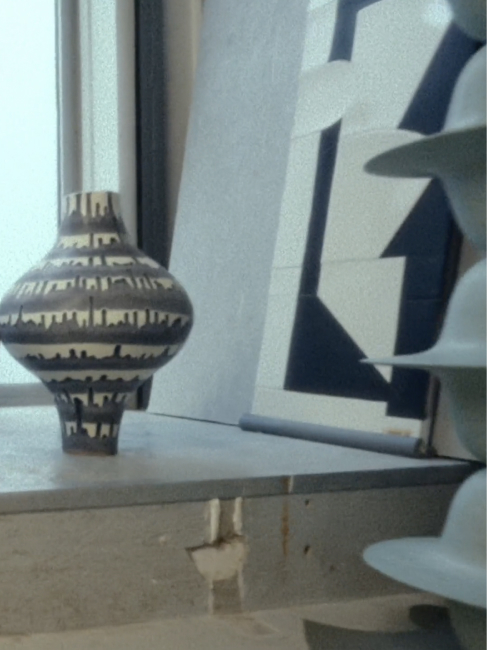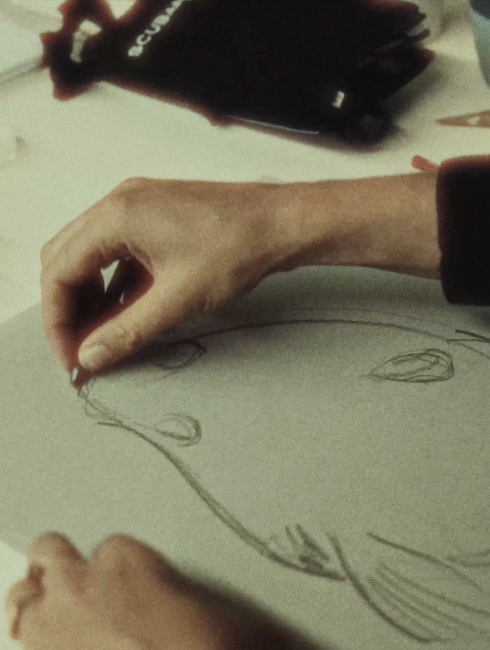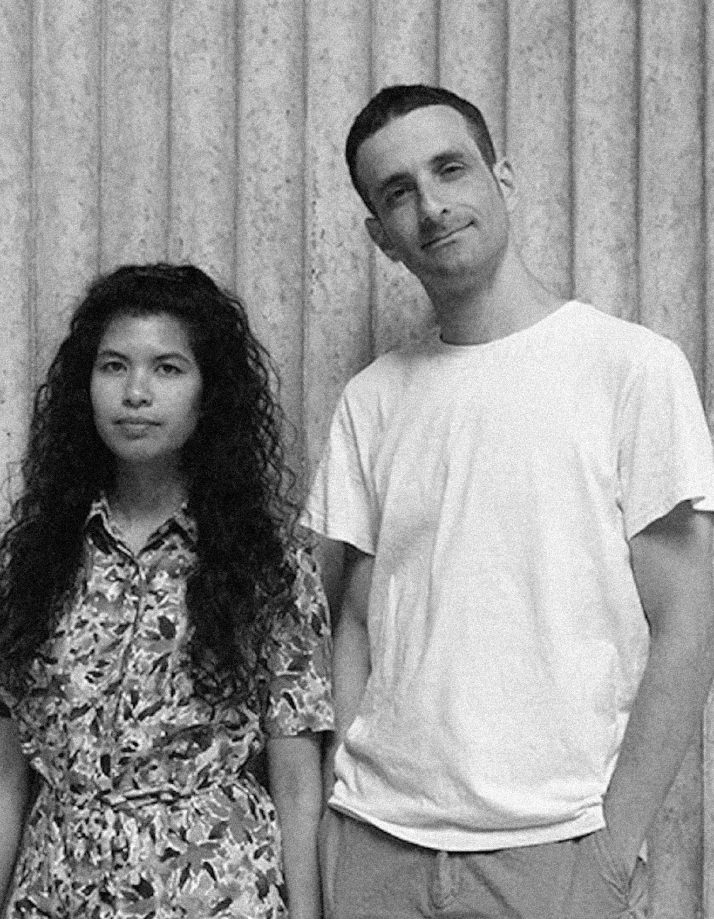
Massimo Dutti is incorporating artistic and artisanal elements into the design of its new concept stores in Brussels, London, Vienna, Zurich and Paris. These redesigned interiors represent the brand’s natural evolution towards a more sophisticated store concept.
By embracing handcrafted materials, artisanal techniques, furniture and a shift towards more organic shapes and neutral, natural colours, the stores now convey a sense of purity that enhances the brand’s revamped image. This new look seamlessly combines all the elements to showcase Massimo Dutti’s inherent history, an integral part of the brand’s DNA.
MASSIMO DUTTI
THE INTENT OF THINGS
LONDON
JESSICA BOUBETRA
Born in 1989, Jessica Boubetra lives and works in Paris. She graduated from the Ecole Nationale des Beaux-Arts de Paris and the Ecole Nationale d’Architecture de Paris-Malaquais. She studied ceramics at Geidai, Tokyo University of the Arts. She was involved in research on robot-assisted 3D printing of large-scale ceramic materials for construction from 2014 to 2016. In 2020, she co-founded Atelier Lumierrante, which specialises in ceramic 3D printing. Harnessing algorithmically generated shapes, she has developed a precise, original approach to this material. Her sculptural practice and her interest in colours and textures have driven her to deepen her knowledge of high-temperature glazes.
JEAN-BAPTISTE LENGLET
Born in Nîmes in 1984, Jean-Baptiste Lenglet lives and works in Paris. Born in Nîmes in 1984, Jean-Baptiste Lenglet lives and works in Paris. After completing a master’s degree in Cinematographic Research at Paris 3 – La Sorbonne Nouvelle, he enrolled at the Ecole Nationale des Beaux-Arts in Paris. He graduated with honours in 2012 and, in 2017, defended a doctoral thesis SACRe (“Lost Horizons: How Experimental Cinema and Sculpture Expand into Installation”). Focusing on the construction of cinematic language, Jean-Baptiste Lenglet’s work interweaves diverse media including video, painting, ceramics and new technologies such as virtual reality and augmented reality.


MASSIMO DUTTI
THE INTENT OF THINGS
LONDON
Jessica Boubetra and Jean-Baptiste Lenglet are two artists working in different disciplines who have come together in recent years to create collaborative sculptural work based on 3D ceramic printing. They experiment with this new technique in their Paris studio, creating sculptures and objects with original shapes. Driven by a shared passion for science fiction, their work references authors such as William Gibson, Frank Herbert and Robert Silverberg. At the heart of their inspirations, fiction serves as a rich source of research from which they draw titles, structures, patterns and images that become materials available for future works.
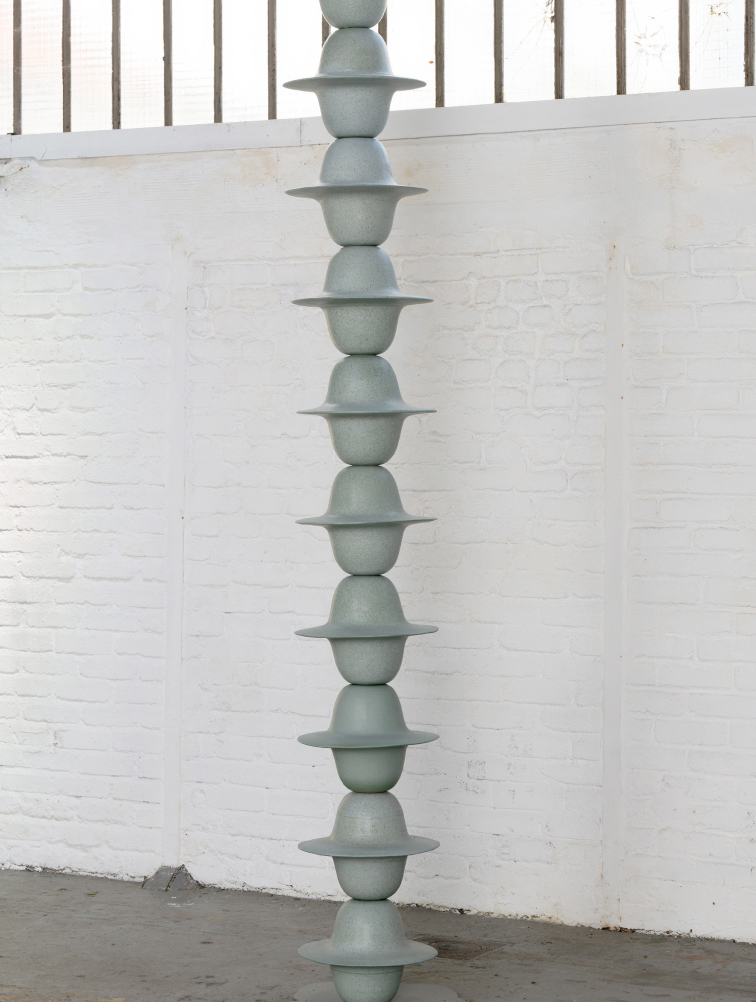
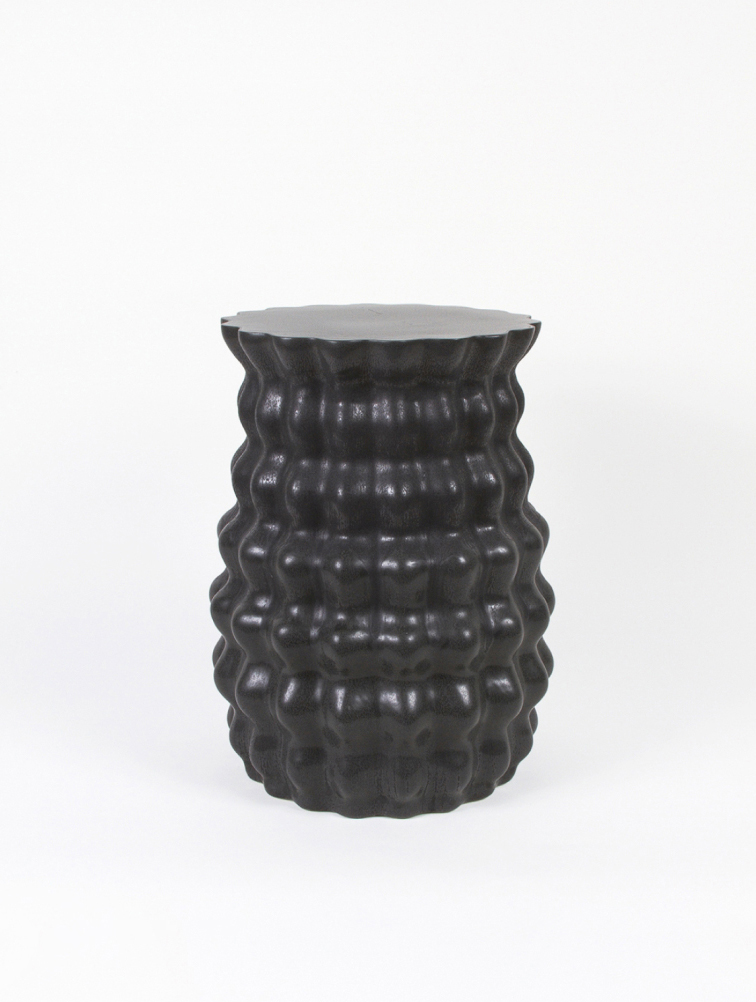
MASSIMO DUTTI
THE INTENT OF THINGS
LONDON
ABOUT THE ARTWORK
The “She” and “Pluie” columns are the result of a reflection on the sculptural form of the totem pole. It is a study in modularity that aims to take ceramics to an architectural scale by assembling them together. Each totem is unique and follows its own logic. The glazes have been developed to interact with the shape of the totem. With graphic motifs flowing along its curves, the “She” column references optical art, while the “Pluie” column, inspired by kusari-toi, the water chains found in traditional Japanese temples and houses, features a water-green tone with aquatic references.
The Coriolis side tables are part of a series of pieces that can be used alternatively as side tables, stools or cabinets. This artwork explores the potential of functionality within sculptures. The model was designed using parametric modelling software to create an undulating visual effect, and the piece showcases the precision of digital curve manipulation, something impossible to achieve with traditional modelling. This digital design contrasts with the artisan ceramic finish. The glaze conforms to the contours of the stool, producing patterns and texture that lend it a timeless, mineral quality.
